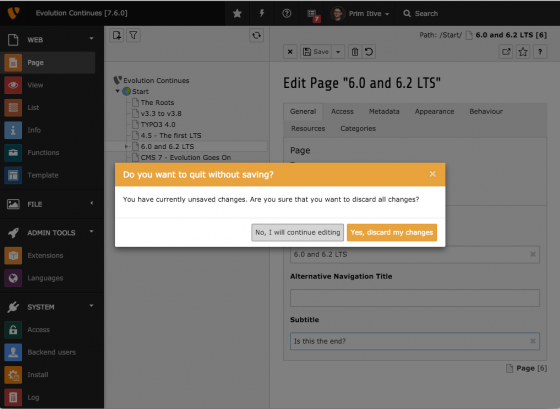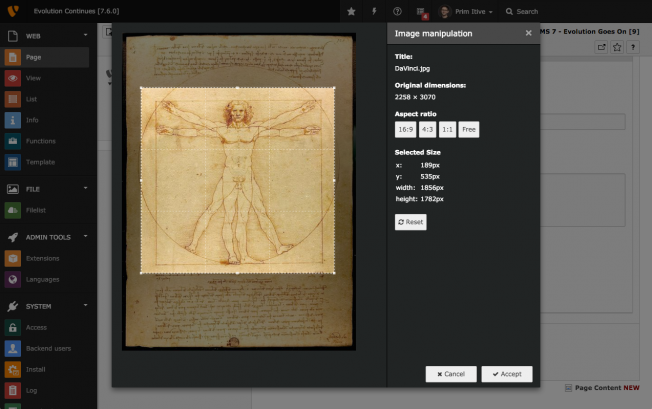TYPO3 CMS 7 LTS Has Arrived

TYPO3 has unveiled the latest Long-Term-Support version of TYPO3, the enterprise content management version.
The free and open-source platform was born in Denmark, back in 1997. Today, it boasts a global community of users and contributing developers.

This new version will be supported for three years (until August 2017) with maintenance and bug fixes. Let's take a look at what's new.
Better Looking & Quadruple the Speed
TYPO3 has proudly put their new backend interface forward as this update's “most striking feature”.
According to them, the new interface allows editors and integrators to work more efficiently thanks to a tidier login screen, simpler structures and the integration of previously distributed components.

Furthermore, customized images and buttons highlight actions and information boxes. All forms, tables, sections and messages are based on a uniform look and feel.
All editors and administrators can now insert an avatar image to personalize their access. The dial-in screen, the TYPO3 logo and all styles can now be replaced by a project-specific layout.
Typo3 is now responsive, too, allowing for content to be edited on touch-based mobile devices such as tablets and smartphones. Plus, the entire platform is running up to four times faster
New Features for Editors, Administrators & Developers
Content editors have some new features to get to grips with, too.
Working with online media such as YouTube or Vimeo Videos is easier, while links, which now comes with previews, can now be referenced under “Text and Media”.
Images can be cropped in the backend without the file being changed. Plus, if a file upload will overwrite existing files, you can specify whether multiple files should be moved, renamed or be skipped by performing an action.

As for Administrators, they can now load the TYPO3 sources and all of the required extensions via the standardized PHP Package Manager “Composer.”
A central information system shows important system features in the latest version at a glance. In addition, backend user groups can be managed just like individual users in a separate module.
Developers haven't been ignored either.
Thanks to a completely new approach to the backend interface that is based on Twitter Bootstrap 3, LESS/CSS3, HTML5, RequireJS and jQuery, TYPO3 CMS 7 makes it easier to add individual modules with simultaneous use of all standard rendering definitions and adapted, ready-to-use components.
More can be found out about this update from the TYPO3 blog announcement.
Plus, you can explore more of TYPO3 via our CMS Directory.